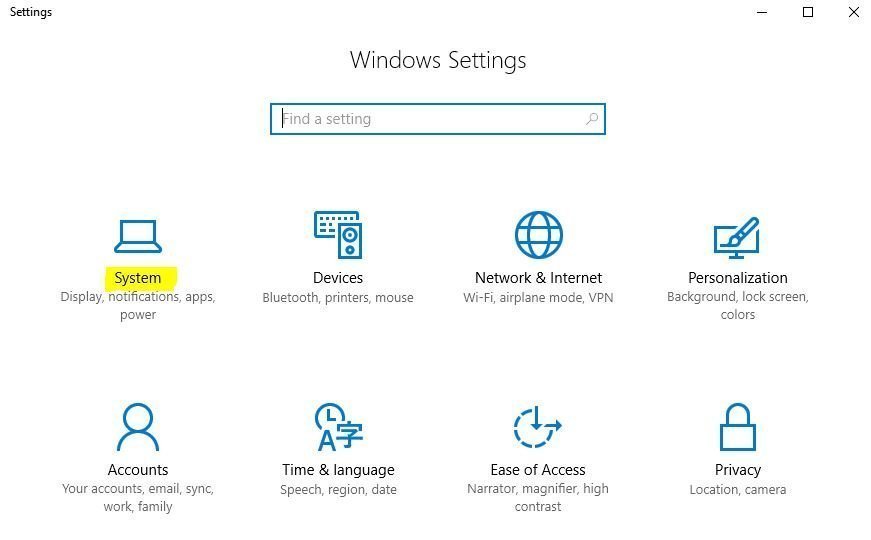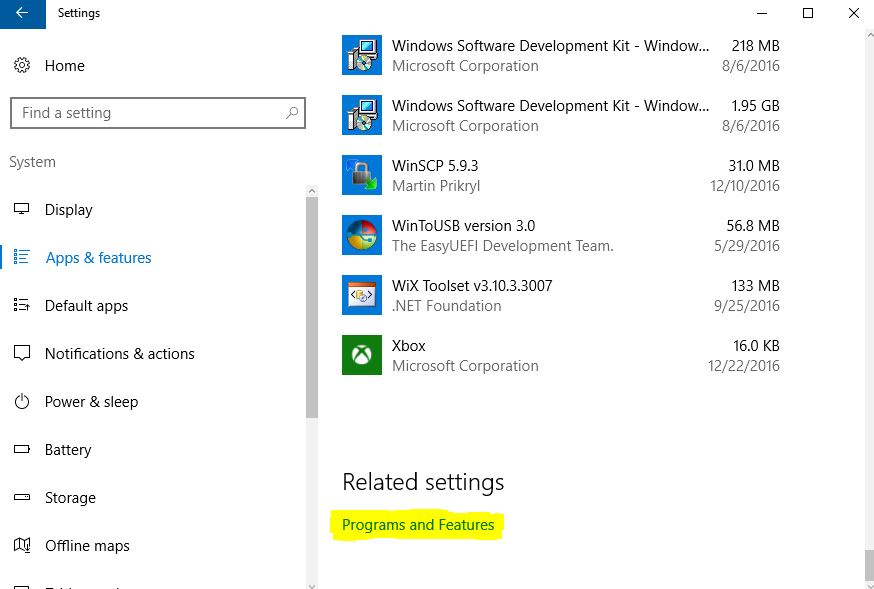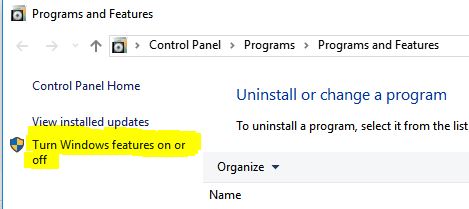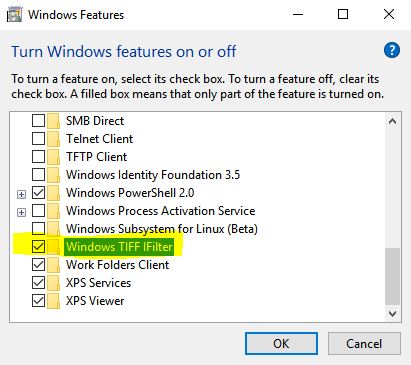Knowledge workers collaboration and productivity
Increase Productivity by 20%: Knowledge workers collaboration via social technologies
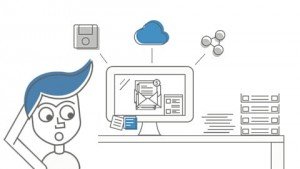
Knowledge Workers Collaboration Tools
New technologies for social collaboration: A McKinsey report discusses the potential value in using social tools to enhance communications, knowledge sharing, and collaboration within and across enterprises.
The most powerful applications of social technologies in the global economy are largely untapped. By using social technologies, companies can raise the productivity of knowledge workers by 20 to 25 percent.
The article conludes that organizations must transform their structures, processes, and cultures: they will need to become more open and nonhierarchical and to create a culture of trust. Ultimately, the power of social technologies hinges on the full and enthusiastic participation of employees who are not afraid to share their thoughts and trust that their contributions will be respected.
Knowledge Workers Collaboration
Finally, creating these conditions will be far more challenging than implementing new technologies like Noggle. So, the McKinsey report underlines the conceptual background of Noggle: It needs to be accepted within the sphere of knowledge management that experts in the gig economy do not want to give away their “knowledge” (in the form of documents) to centralized places, thereby losing control of what or who can access the knowledge. Knowledge managers need to be aware that knowledge is not only the information or document itself—knowledge is also about finding the people behind bits of information or documents. Today, we must empower the gig economy instead of fighting it with rigid centralized storage-process guidelines. In supporting decentral knowledge sharing, we will increase productivity among organizations. We must accept that centralized document-management approaches, which have been the focus of most knowledge-management projects, constantly fail to deliver value in the long run.
The following link includes a downloadable executive summary and the full report with more data about the study:
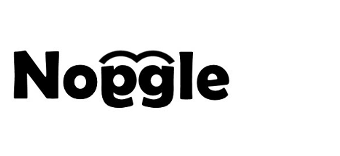
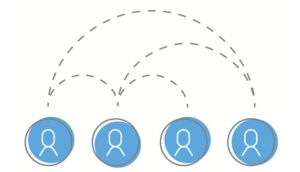
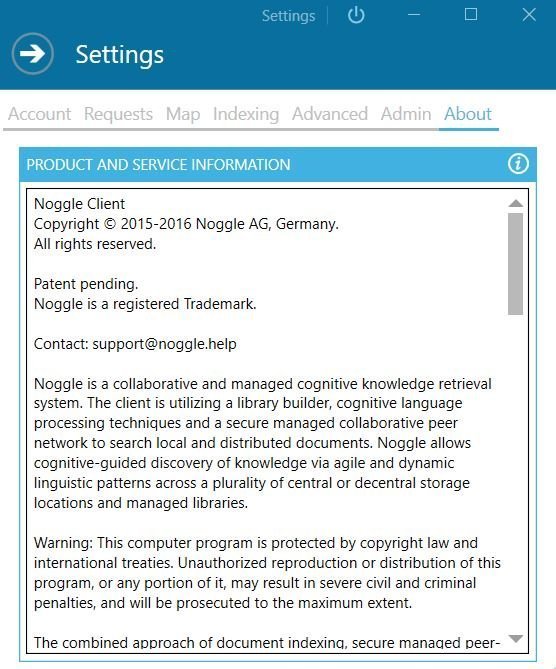
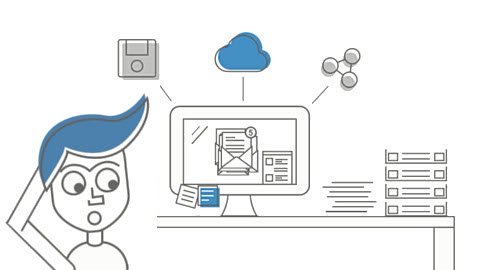
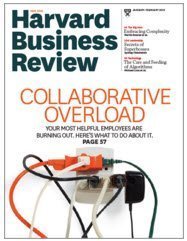 oggle helps to avoid collaborative overload
oggle helps to avoid collaborative overload